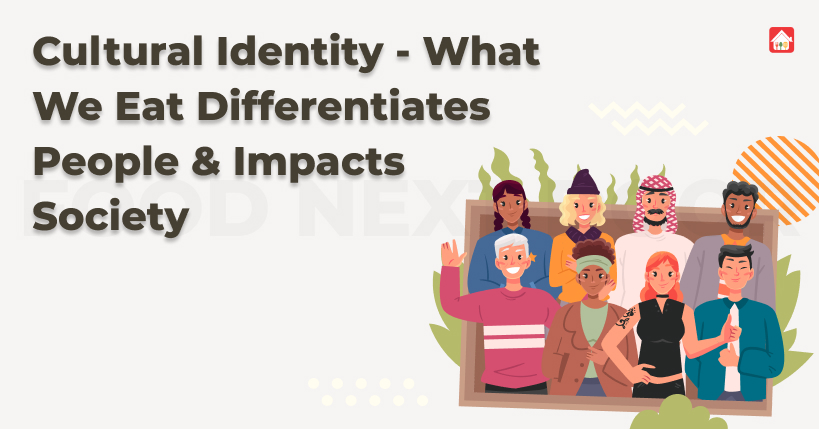Today, urbanisation is linked to a wide range of food consumption.
Tradition, on the other hand, is the transmission of customs and belief systems from one generation to the next, whereas culture is founded on the ideas and social behaviour of a certain social group.
Food patterns help people identify with their cultural or ethnic group. Food is frequently utilised to maintain a person’s cultural identity.
Food is not just a necessity of survival, but it is also an important aspect of people’s life. It is also a major role in how we perceive and differentiate people, as well as a factor that shapes their cultural impact. Different civilizations have a wide range of meals and ingredients, resulting in a fusion of cuisines and cultures.
Eating has a special value for communities since it allows them to explore their culture through food.
Culture and food have a deep connection, which includes their religion and traditions. The media plays a vital part in preserving our culture and identity through cuisine. The proliferation of published cookbooks and food magazines, as well as culinary festivals, television shows, celebrity chefs, and blogs, has radically altered the concept of food today.
While food is significant in most cultures, the degree to which it is vital differs from one culture to the next. Cooking and eating habits are mentored in many families through events and ceremonies.
Patterns of food consumption in supermarkets
Urbanization is linked to a wide range of food consumption. In India, urbanisation may have a greater impact on the variety of food consumed in large numbers. The effects of urbanisation on food consumption are indirect and multifaceted. Understanding how urbanisation affects food consumption is critical as more people migrate to cities and fully realise the ramifications of dietary behaviour.
Data and the research field Area for research.
According to national food consumption statistics, the imminent urban transformation may result in large-scale dietary changes. These figures show that the average amount of food consumed in cities is significantly higher than in rural areas.
Finally, it uses a variety of statistical techniques to investigate the effects of urbanisation: bootstrap estimates, correlation analysis, ordinary least squares regression modelling, multilevel modelling, and statistical hypothesis testing. Food diversity is determined by whether or not a household consumes a particular commodity. The food diversity index is calculated using binary outcome data for 124 food commodities divided into 13 food groups.



